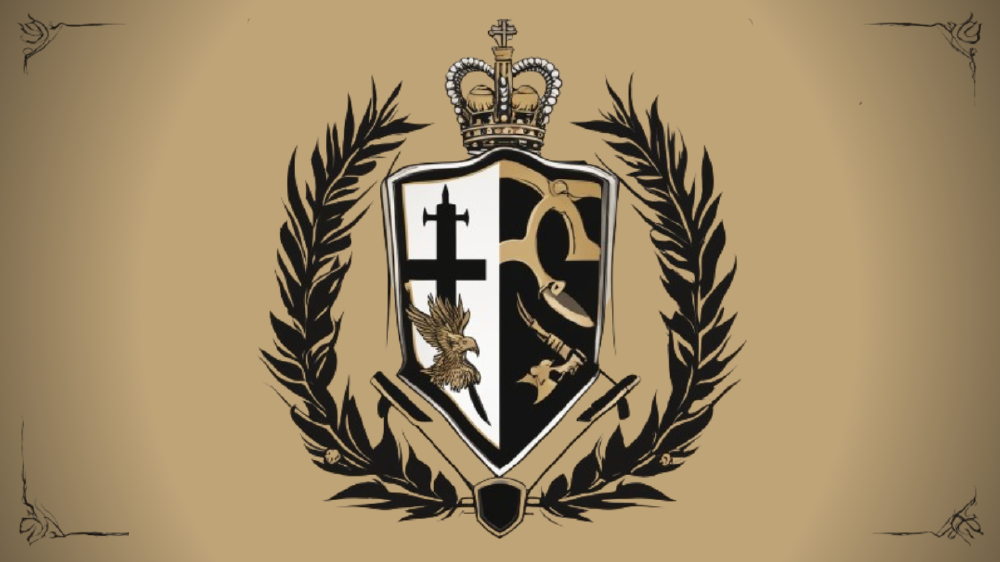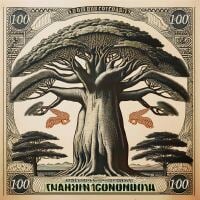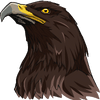Welcome to the Republic of Nyondo, a land where the rich tapestry of history weaves through every corner of the present. Nestled in the heart of Central Africa, Nyondo stands as a testament to resilience and unity, a nation forged in the crucible of diversity and strength.
From vast savannahs to dense, mysterious forests, Nyondo’s landscapes are as varied as its people. Our culture thrives on ancient traditions and wisdom passed down through generations, seamlessly blending with the dynamic energy of modern innovation. Here, the vibrant rhythms of life pulse through bustling markets, serene villages, and rapidly growing cities.
Led by the steadfast Kiongozi Mwanzi, Nyondo’s people are our greatest treasure, known for their indomitable spirit and unwavering determination. United by a common purpose, we rise above challenges, drawing strength from our shared heritage and the collective dreams of a brighter future. Our motto, "Vis Imperium, Dominatio Aeternum"—Force, Dominion, Eternal Rule—reflects our commitment to vigilance, strength, and enduring sovereignty.
In Nyondo, every voice contributes to the chorus of unity. Our democracy thrives on active participation, fostering a society where diverse perspectives are celebrated. Education, innovation, and sustainable development are the pillars upon which we build our nation, ensuring prosperity for future generations.
Explore the Republic of Nyondo, where the shadows hold ancient secrets and the light reveals boundless possibilities. Whether captivated by our natural beauty, intrigued by our cultural depth, or inspired by our relentless pursuit of progress, Nyondo invites you to be part of our enduring journey. Join us, and witness a nation where unity is our strength, resilience our legacy, and the future is ours to shape.


















